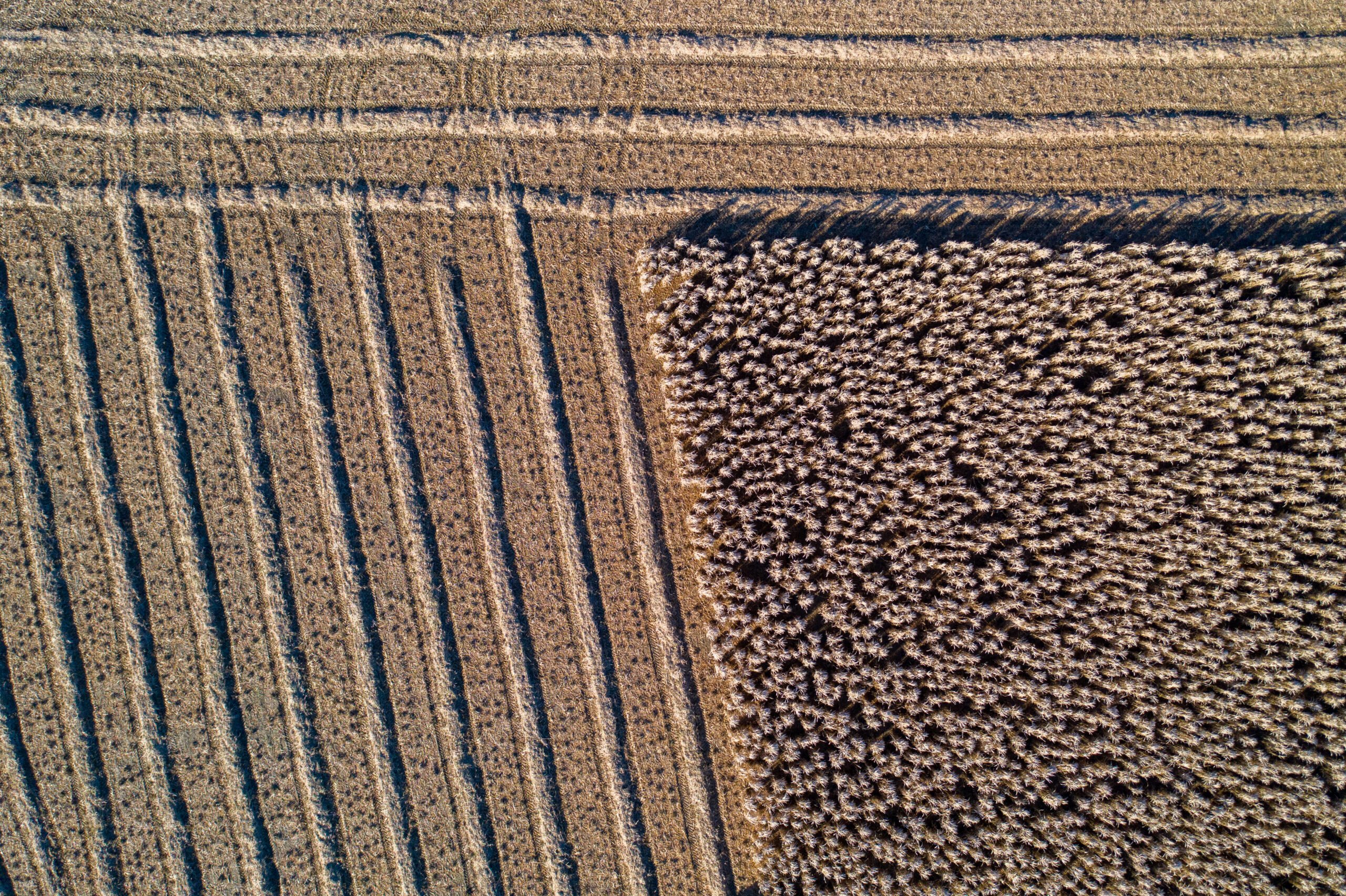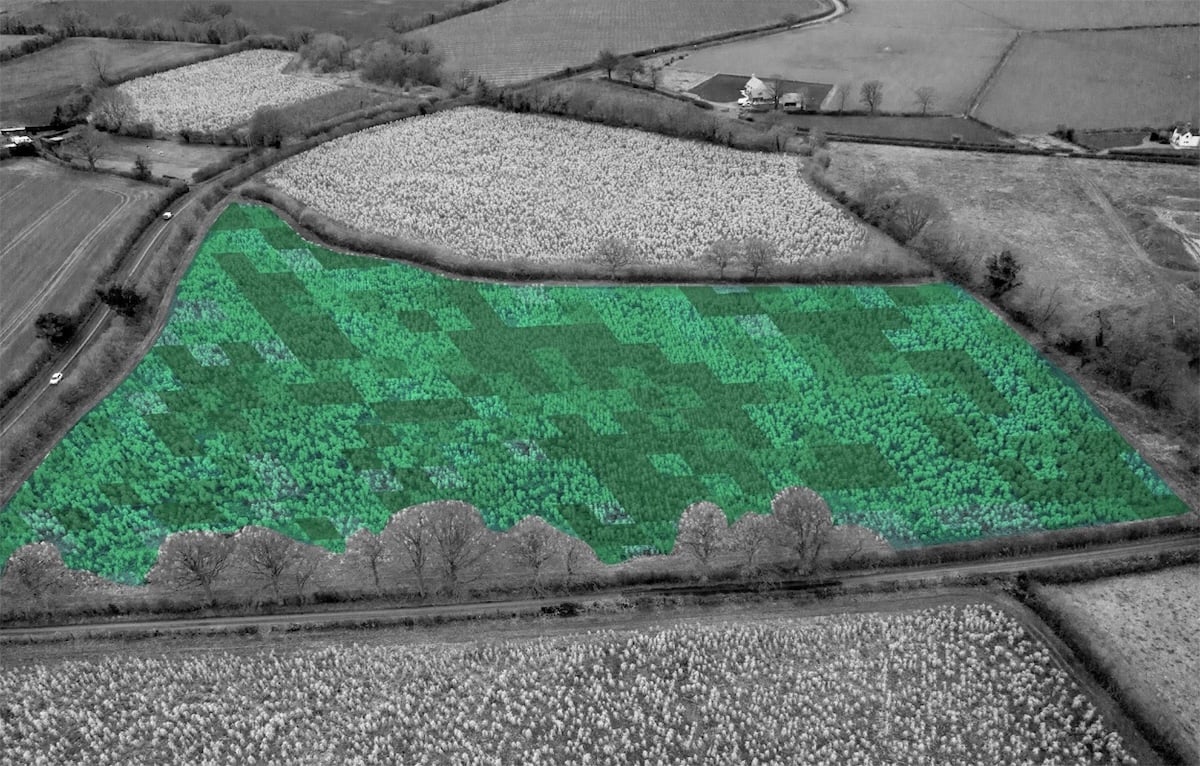Last Updated on June 23, 2025 by Sophie Wilesmith
Biomass Feedstocks Innovation Programme
Project OMENZ was established to address key barriers in the commercial-scale planting of Miscanthus, a perennial biomass crop central to achieving the UK’s net-zero carbon targets by 2050. With only ~9,000 hectares under cultivation in 2023 and a projected need for 750,000 hectares by 2050, the project focused on enabling cost-effective and large-scale Miscanthus establishment.
Led by Terravesta (TV), funded by the Department for Energy Security & Net Zero (DESNZ)under the Net Zero Innovation Portfolio, and supported by academic and industry partners, Phase 2 of OMENZ aimed to enhance planting methods, improve rhizome quality assurance, and automate monitoring and data capture. The consortium addressed technical bottlenecks across four main work packages: plant physiology, planting material, field preparation, and monitoring.
Key achievements:
- Improved planting material: Innovations in rhizome grading, storage, and handling have significantly enhanced quality control, with clear parameters now set for optimal rhizome types. Seed germination rates were improved through better grading and physiological insights, including effective temperature and hormone pre-treatments.
- Automation and mechanisation: The team developed and tested automated rhizome processing systems and assessed advanced planting machinery. While laser cutting and imaging systems were eventually abandoned due to variability in rhizome morphology, mechanical separation and washing systems showed promising results.
- Land preparation and field trials: Strip tilling methods proved viable even on heavier soils, improving moisture retention and potentially reducing carbon release. Trials confirmed that medium sandy loams are optimal for both root development and carbon sequestration.
- AI-powered monitoring: Drone-based image recognition and AI models were successfully developed to distinguish Miscanthus from weeds, predict plant counts, and estimate yield using RGB and multispectral imaging. This capability allows real-time crop monitoring and early intervention.
- Requirement matrix: A decision-making tool integrating findings across the project helps guide land selection, planting densities, and variety choice based on soil and climate conditions.
Environmental and commercial impact:
Project OMENZ contributes significantly to the UK’s net-zero strategy by making Miscanthus cultivation more accessible, profitable, and sustainable. Innovations such as strip-tilling and improved establishment rates reduce greenhouse gas emissions and environmental impact, while data-driven tools enhance grower confidence and investment readiness.
Barriers and lessons learned:
Persistent issues include global market volatility (e.g., Ukraine war affecting crop choices), Brexit-induced import delays, and policy uncertainty. Despite these, OMENZ demonstrated that technological innovation can overcome many practical constraints, paving the way for large-scale adoption of perennial biomass crops.
Next steps:
The consortium will continue refining mechanisation and monitoring tools, scale up field demonstrations, and work closely with policymakers to align incentives. With commercial deployment anticipated within five years, OMENZ sets a strong foundation for the UK’s sustainable biomass future.



